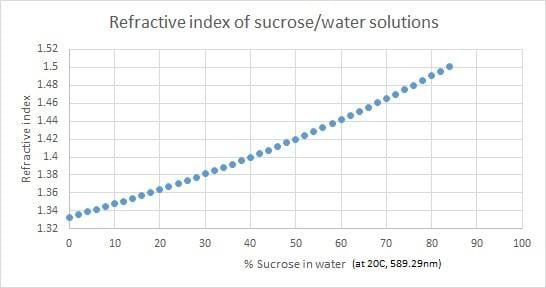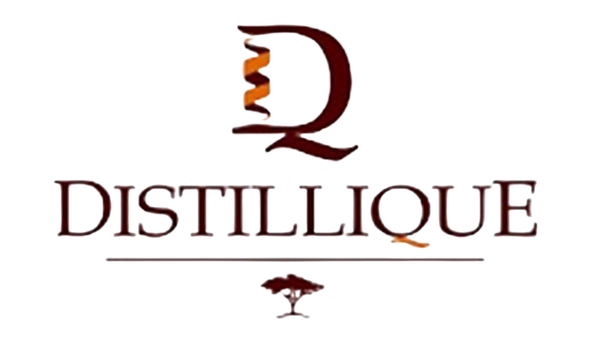Incorrect Readings - Comparing Refractometer and SG Hydrometer Readings
adminFrom time to time Clients contact us with a question relating to the different readings obtained when using both a Refractometer and a floating SG Hydrometer in the same liquid.
These readings can be quite far apart and we should be aware of that and the reasons behind it.
The general “truth” that more dense liquids have greater Refractive Indexes (i.e. sugar water vs water), and less dense liquids (i.e. ethanol vs water) have smaller Refractive Indexes is not true.
Snell’s law states that the refractive index for more optically dense liquids will be bigger and that less optically dense liquids will have smaller refractive indexes.
The key here lies in the fact that optical density does not necessarily correlate to the physical density of a material.
In summary, if you use a Refractometer to measure the Brix value in fermenting mashes, be aware that the produced alcohol will cause the Brix Refractometer to indicate inflated readings, i.e. showing a 6% Brix reading when it actually should be 0% at the end of the fermentation).
Also, if you use a SG Hydrometer to measure the Brix value in fermenting mashes, be aware that the produced alcohol will cause the Brix hydrometer to indicate readings that are lower than actual, i.e. reading -3% Brix when it should actually be 0% at the end of the fermentation.
Below is a summarizing comparison between the two Instruments:
What is a Refractometer?
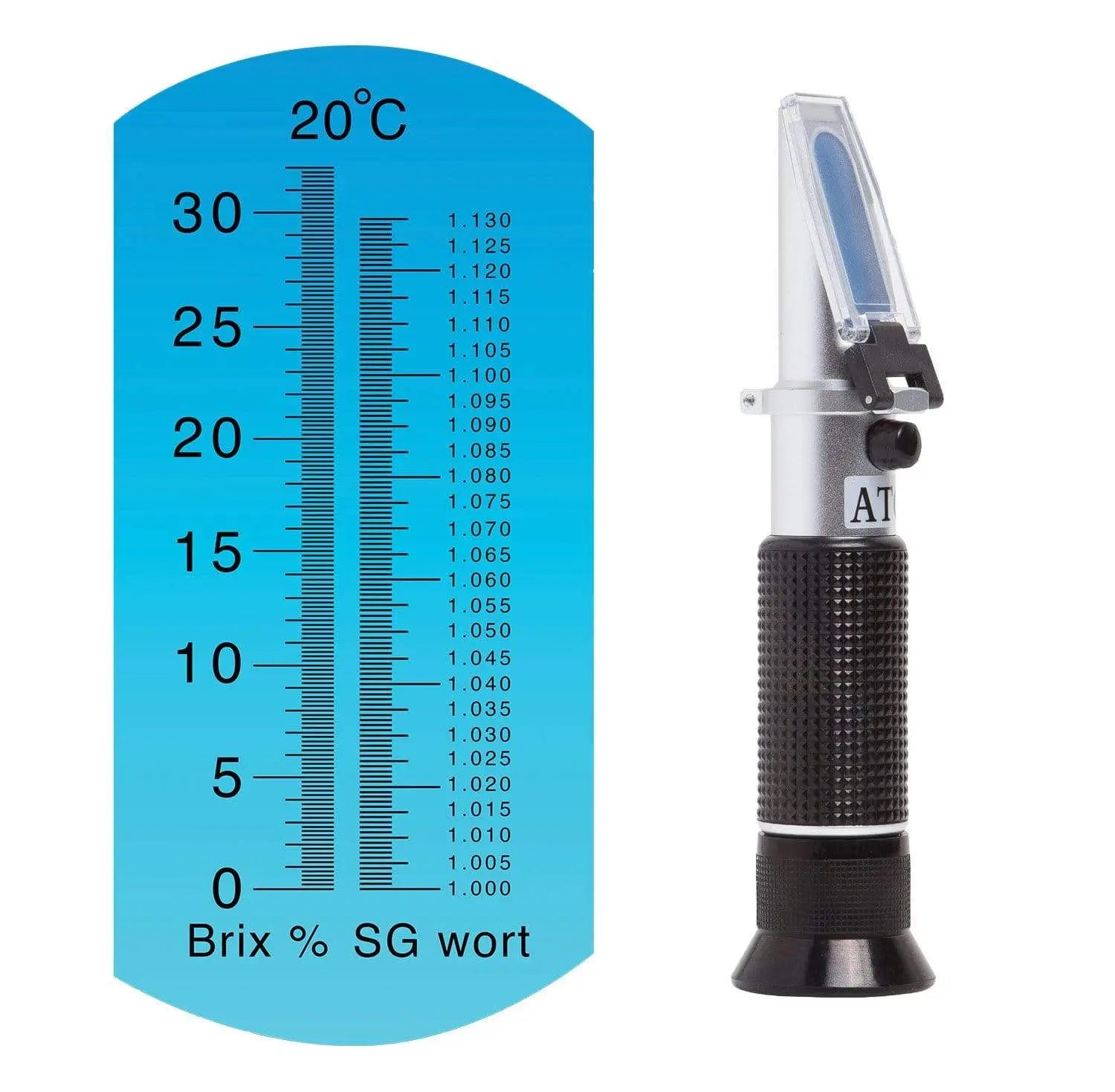
A refractometer is a simple instrument used for measuring concentrations of aqueous solutions.
When light enters a liquid it changes direction; this is called refraction. Refractometers measure the degree to which the light changes direction, called the angle of refraction. A refractometer takes the refraction angles and correlates them to refractive index (nD) values that have been established. Using these values, you can determine the concentrations of solutions. For example, solutions have different refractive indexes depending on their concentration in water.
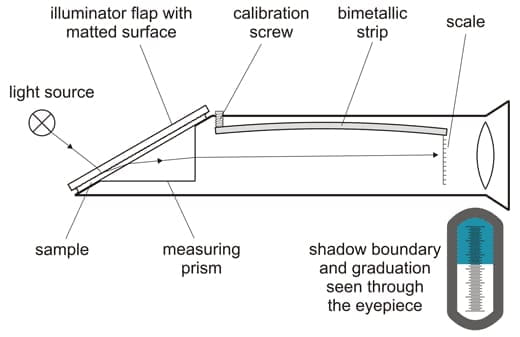
A Refractometer measures the Optical Density of a Solution, and depending on what it is scaled for - sugar or ethanol - it will give you an accurate SG and Brix Reading (if scaled for Sugar) or an accurate %ABV or Proof Reading (if scaled for Alcohol). Refractometers are mostly calibrated for 20 degrees Celsius and are most accurate if the liquid being measured is at that temperature. Most Refractometers are also equipped with ATC functionality - Automatic Temperature Correction - which can adapt to small variances in temperature.
When measuring sugar values in a solution containing sugar, water AND ethanol - in other words, when using a Refractometer to track a Fermentation, it will give too high sugar readings, i.e. the Brix values will be higher than actual sugar content.
What is an Hydrometer?
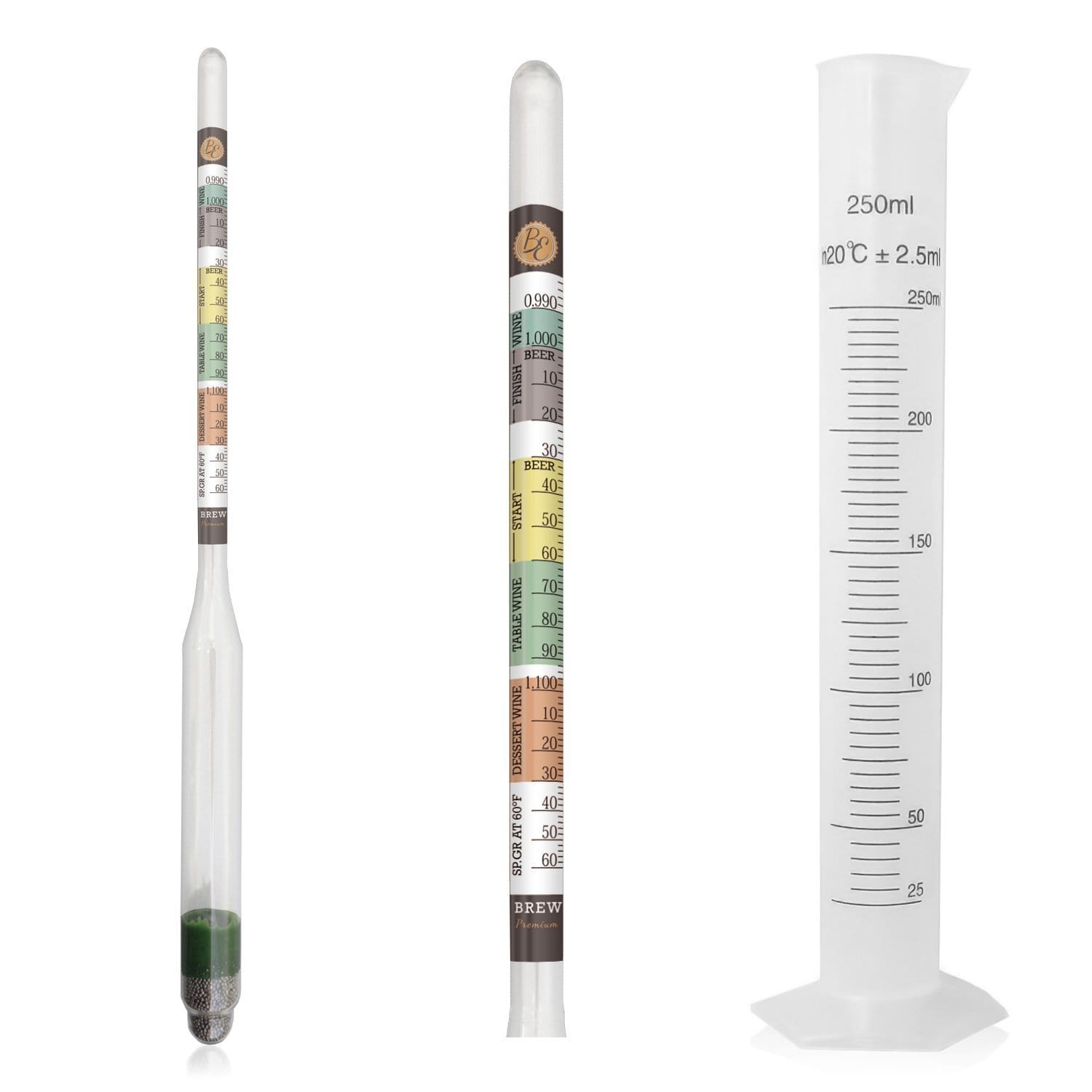
A hydrometer is an instrument used for measuring the relative density of liquids based on the concept of buoyancy, or direct density. They are typically calibrated and graduated with one or more scales, for instance, most SG Hydrometers (used to measure sugar content) is called Triple Scale SG Hydrometers, meaning they can measure SG Scale (mostly used by Brewers), Brix Scale (the new international standard, and very close to the old Balling Scale) and Approximate Alcohol Potential Scale (an indication of the percentage Alcohol By Volume - ABV - that will be produced during fermentation with the measured sugar concentration). Alcohol Hydrometers, or just Alcoholmeters, are normally calibrated in %ABV, Proof, or both.
Hydrometers - both SG and Alcohol - are calibrated to a desired temperature, mostly 20 degrees Celsius, but sometimes 15 degrees Celsius. This is true for Refractometers as well, but unlike Refractometers, the Hydrometer cannot self-calibrate or adjust, even for small variances. The warmer a liquid or solution is, the less dense it is, the deeper the Hydrometer will float, hence with a Sugar Hydrometer you will get a lower reading in a fermentation sample, and in distillate with an Alcoholmeter you will get a higher reading. Inversely, if the liquid or solution is colder than the calibrated temperature, the SG Hydrometer will read a higher sugar level in the Fermentation, and the Alcoholmeter a lower alcohol percentage in the distillate.
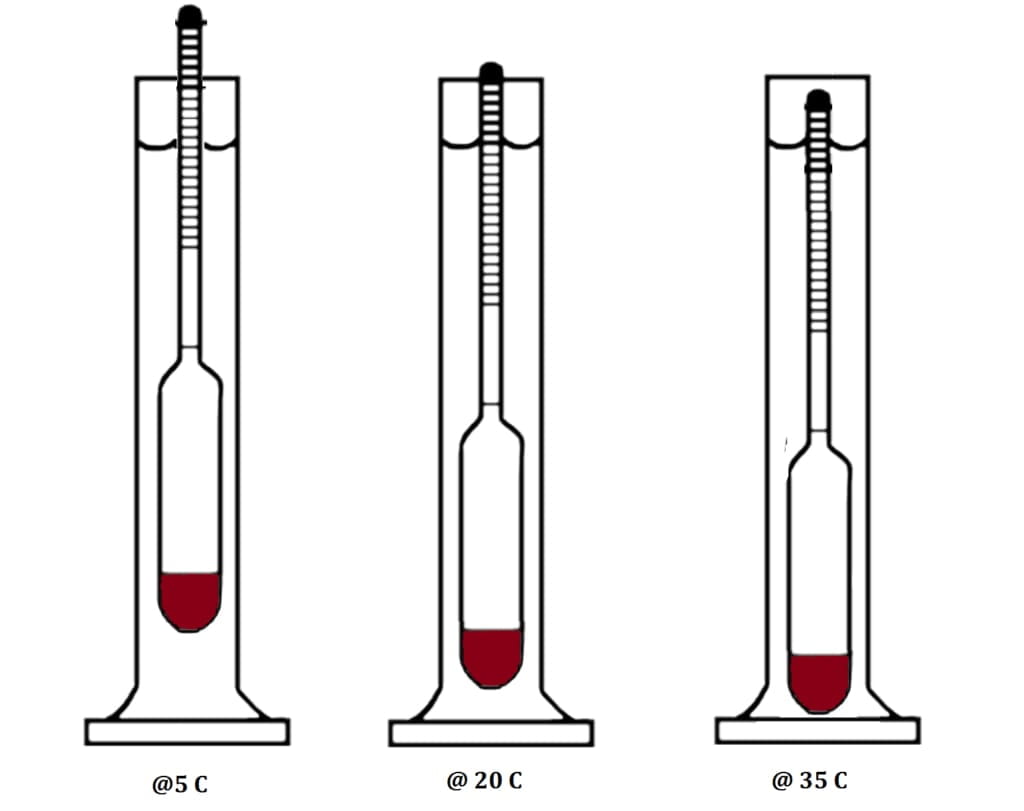
Another aspect to consider is where you are taking your reading.
Through surface adhesion, a liquid forms a meniscus between itself and the surface of both the measuring cylinder and the stem of the Hydrometer. Readings should be taken inline with the bottom of the meniscus, at eye level, and not at an angle which will give incorrect readings (known as the Parallax Error.
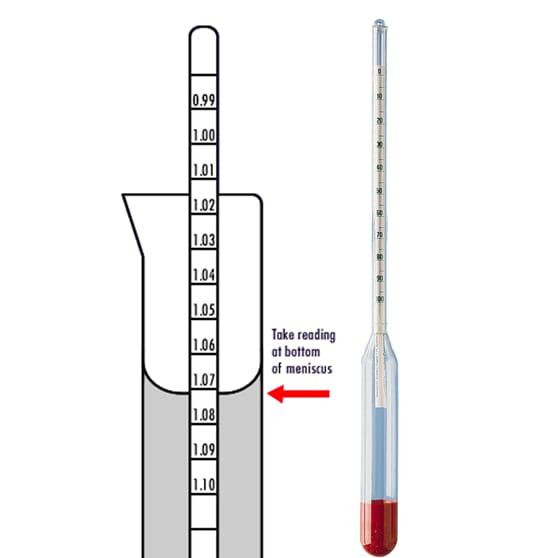
A Hydrometer measures the Direct Density of a Solution, and depending on what it is scaled for - sugar or ethanol - it will give you an accurate SG and Brix Reading (if scaled for Sugar) or an accurate %ABV or Proof Reading (if scaled for Alcohol).
When measuring sugar values in a solution containing sugar, water AND ethanol - in other words, when using a Hydrometer to track a Fermentation, it will give too low sugar readings, i.e. the Brix or SG values will be lower than actual sugar content.
HOWEVER ... The SG Hydrometer is much less affected by this than a Refractometer, therefore it is still more than accurate enough to track fermentation progress, and it is still the preferred choice for this activity.
More Information on Refractometer Readings
The following graphs displays the refractive indexes of ethanol/water and sucrose/water solutions.
